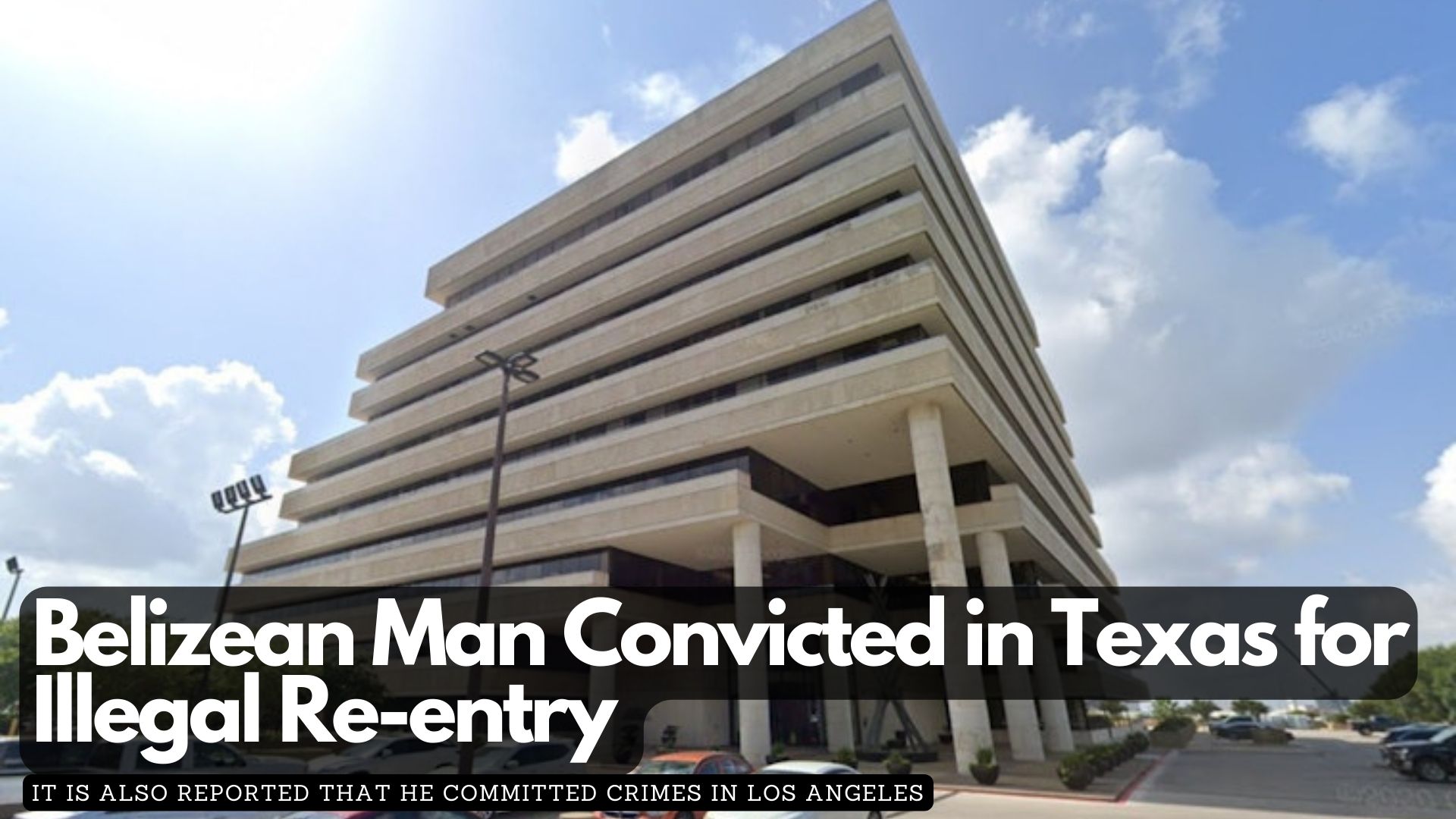A Belizean man, previously deported from the U.S., is returning to prison after a federal jury in Del Rio found him guilty of illegally re-entering the country.
Francis Kerr, also known as Francis Deon Flowers, 51, was apprehended by border patrol near Eagle Pass on August 22, 2023. Yesterday, the U.S. Attorney’s Office announced his conviction for illegal re-entry.
Kerr was deported in 2009 after serving a 17-year sentence for robbery and assault. Despite his efforts to re-enter the U.S., a trial revealed his criminal history, including two counts of 2nd-degree robbery, four counts of assault with a firearm, and conspiracy to commit robbery, all stemming from his time in Los Angeles.
U.S. Attorney Jaime Esparza of the Western District of Texas announced the case, highlighting the collaboration between Customs and Immigration Services and the U.S. Border Patrol in tackling illegal immigration.
Assistant U.S. Attorneys Paul Markovits and Joshua Garland prosecuted the case, underscoring that evading deportation orders and re-entering the country illegally will result in severe consequences. Kerr now faces another prison term, reaffirming that violating U.S. laws to escape a criminal past is futile.
